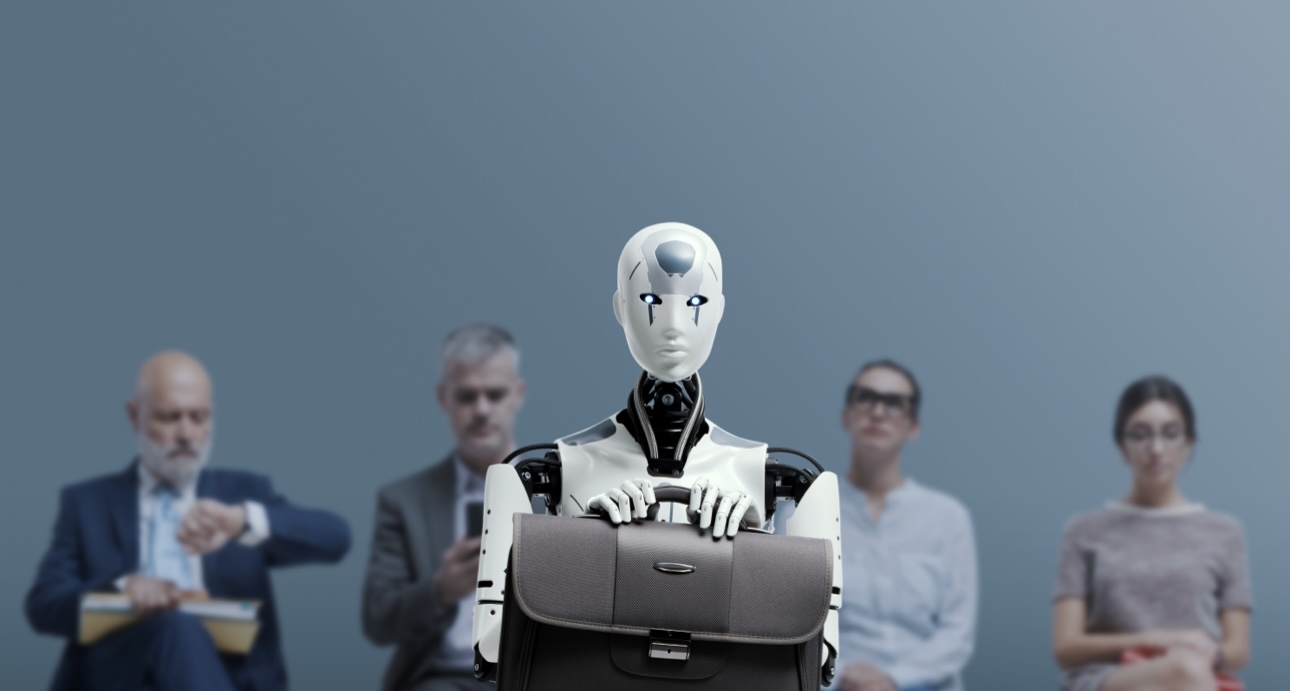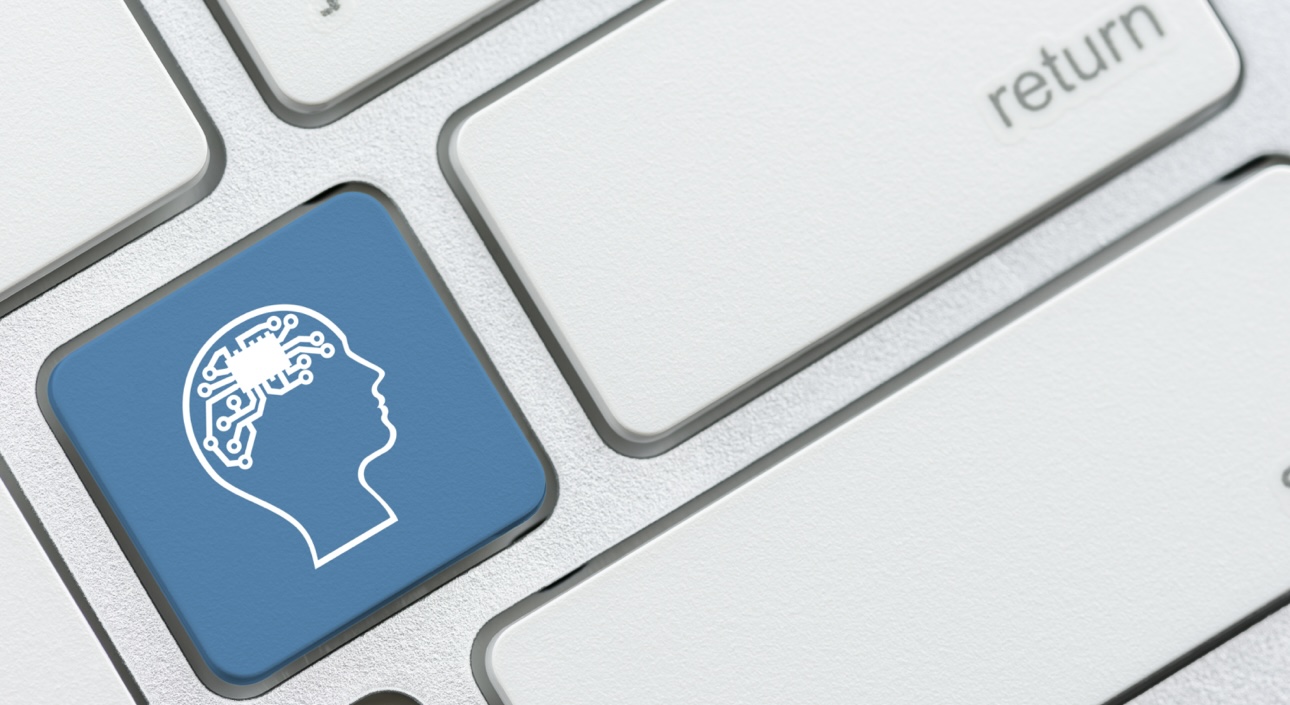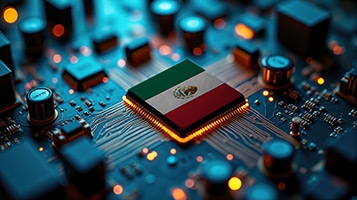Ethical Considerations in the Development and Deployment of Robots

With robotics and artificial intelligence growing, using them in different sectors such as healthcare, manufacturing and both military and domestic schemes is leading to several ethical issues. Some of the issues discussed were job replacement, privacy protection, potential bias and what autonomous decision-making means for our morals. It is very important to consider these ethical issues to make certain that new robots fit with the values and rights of the community.
1. Unemployment caused by AI and the result on the economy

A major ethical problem is that robots might take place of jobs traditionally given to humans. As automation improves, an increasing number of work activities are now managed by machines instead of people. Because of this shift, more people may become unemployed and so will economic inequalities. McKinsey & Company estimates that losing up to 800 million jobs to automation by 2030 will require much education and retraining for the workforce. To remedy these effects, leaders should ensure that staff get skills training and courses connected to the latest employment trends. Introducing social safety systems allows battered economies to support displaced workers.
2. People are worried about privacy and being watched.
Robots being used daily raises major questions about privacy. Many modern robots rely on AI to filter and work through a lot of personal information. Mishandling this type of data collection can result in people being spied on and data being stolen. Healthcare robots handle private patient information, so tough protection needs to be in place. The same thing could happen with domestically used robots that have cameras and microphones; they might record private talks and endanger privacy. Good guidelines and regulations should be created for the request, acquisition and use of data. If people can see the details of how robots use their data, they are likely to use them and follow privacy laws.
3. Bias and Discrimination within AI Systems

If AI used with robots learns from biased data, it might mirrror and pass on those biases throughout society. As a result, people can face discrimination when it comes to being hired, treated by police or seeking a loan. A robot involved in hiring that is taught with biased historical hiring information is more likely to treat some groups unfairly. They also weaken people’s trust in automobots and cause them to worry about fairness. For this reason, developers are expected to use training data that covers a wide range of backgrounds. Scheduled audits and impact reviews may find and solve biases that affect an algorithm. Having ethicists and a mix of stakeholders help broaden the development process and favor inclusiveness.
4. Researching Ethics in Warfare and Autonomous Weapons
AI-powered drones which are self-operating weapons, bring up many hard questions for ethics. These systems work on their own which raises concerns about who is responsible and what unpredictable results may occur. Because AI-driven drones are increasingly used in the Ukraine conflict, there is a greater demand for ethical rules for autonomous weapons. People critical of the technology say it takes away a person’s dignity and might not be in line with international humanitarian regulations. It is crucial that lethal decisions continue to be made by humans. Countries should create international deals to manage the growth and usage of these kinds of technologies.
5. Human-Robot Interaction and Emotional Dependence
The more robots are part of our communities, the more we ask what their emotional effects and connections to humans mean for our relationships. For example, some companion robots created for the elderly or handicapped help a lot but can also make people feel close to them. There could be psychological effects, especially when someone prefers to be with robots more than with other people. Besides, treating robots as living creatures might adjust our sense of relationships and empathy with other humans.Developers ought to create robots that add to human relationships rather than become replacements for us. Ensuring robots are ethical helps prevent situations where people depend on machines to such an extent it harms them.
6. The Environmental Effects of Robotics
Making and running robots use many natural resources and cause harm to the environment. Putting rare earth metals into robotics and powering computers for AI take a large toll on the environment. The study finds that making AI sustainable requires an environmental ethics guideline. One way to help the environment is through the use of environmentally friendly materials, using power wisely and encouraging recycling. By examining the whole process of bringing robotic products to market, we can learn how to make them more sustainable.
7. Regulatory laws and world standards

High-quality regulations are necessary to handle the ethics involved with robotics. Any such frameworks ought to include safety, securing data, measures of responsibility and openness. European Union officials want to make sure high-risk AI applications are in line with people’s basic rights and safety through the Act. The cooperation of countries internationally is needed to ensure standards are in agreement and no areas of regulation are missed. The Foundation for Responsible Robotics supports ideas of ethical manufacturing and design, encouraging a worldwide discussion about responsible use of robots.
Certified System Integrator Program
Set Yourself at the Forefront of the Global Vision Market
.jpg) Vision system integrators certified by A3 are acknowledged globally throughout the industry as an elite group of accomplished, highly skilled and trusted professionals. You’ll be able to leverage your certification to enhance your competitiveness and expand your opportunities.
Vision system integrators certified by A3 are acknowledged globally throughout the industry as an elite group of accomplished, highly skilled and trusted professionals. You’ll be able to leverage your certification to enhance your competitiveness and expand your opportunities.
8. The concept of both Moral Agency and Responsibility
As automated systems become more independent, figuring out who is morally responsible gets difficult. Should a robot hurt anyone, it is hard to determine who is at fault. Because things are not always clear, clear laws and proper accountability structures are necessary. Many scholars discuss if robots deserve moral responsibility, whereas others argue that humans are to blame for any actions their robots take. Setting up rules for liability helps that victims get justice and that those responsible are punished. They need to progress together with new technologies to handle fresh ethical problems.
9. Opinions and Beliefs
People’s views on robotics are strongly affected by their culture and religion. In fact, Pope Leo XIV argues that developers must consider ethics in AI, stressing the importance of openness and ensuring everybody’s dignity. When robotic technologies are sensitive to many religious and cultural ideas, they can add value to ethical discussions and support many principles. Creating guidelines that honor culture can be aided by teaming up with religious and community leaders. Opportunities for Future Change and Ethical Invention Going forward, all interested parties, including those who develop robots, work in policy, work on ethics and those who are mainly affected, must be actively involved. Getting different sectors to collaborate can bring about new and responsible solutions using technology. Skills programs on ethics in robotics can support and encourage members of the community to take part in important conversations. Also, adding topics in ethics to engineering and computer science courses helps future developers understand the effects of what they do.
Public Engagement and Democratic Oversight
Letting the public take part actively ensures that robots are used correctly and fairly. Because robotics is playing a greater role in our daily lives, the public should be part of decisions on their development and use. Such things as forums and citizen assemblies can help form a bridge between technologists and everyday people. As a result, people’s values and not just those of businesses or officials drive the development of new ideas. Independent committees, regulatory agencies and agency transparency, all controlled by the public, can check any wrongdoing with robotics and ensure decisions are clear.
The Ethics of Ethical Design and Innovation

In order to include ethics at the beginning of the technology process, developers should employ ethical guidelines like:
Clarity – Showing how robots arrive at their decisions.Humans ought to be accountable when the things robots do affect them.
Avoiding favoritism – Providing equal treatment to everyone. Non-maleficence – Creating to prevent harm from occurring.
Autonomy – Supporting people’s right to decide things for themselves. The idea of Responsible Innovation asks developers to predict any negative effects of their creation and to think about society’s larger questions. For example: Is this new technology actually required? Does it fix an important problem? This attitude can result in machines that are useful, acceptable and social in their purpose. Ethics: How It Shapes Robot Learning If robots start being used in classrooms, either as teachers, tools or things to learn about, teachers should make sure students understand ethics. By adding ethics lessons to computer science, engineering and AI, we can help upcoming professionals focus on technologies that are good for society. For example, now Stanford and MIT run courses where philosophers, sociologists, lawyers and technologists team up to discuss AI ethics. Education about technology encourages a group of young technologists to consider carefully what they want to create and why.
Conclusion
Robotics is making an impact on our lives now, both exciting us and making us worried. Ethical issues related to robotics are important in our jobs, in maintaining privacy, keeping healthy, forming relationships, ensuring our safety and rethinking what it means to be human. It is important that we go forward using a collaborative and ethical method alongside policymakers, developers, ethicists, educators and members of the public. The ideal goal isn’t only to create smart machines, but to make sure they support creating a fairer and kinder world.







Leave a Reply